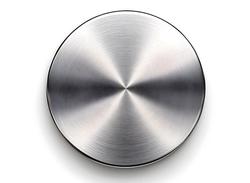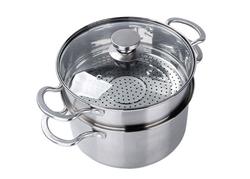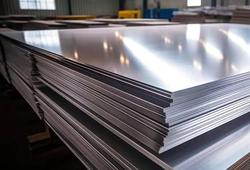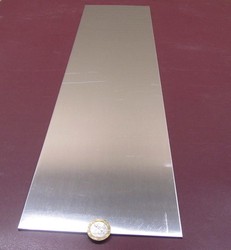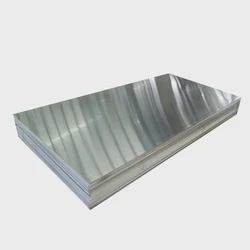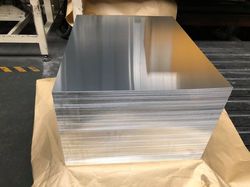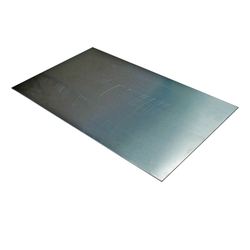We use only premium-grade aluminum, rigorously tested to meet the highest standards. Our products are built to last, offering exceptional strength and flawless finishes, ensuring reliability even in the most demanding applications.
8011 Aluminum Foil
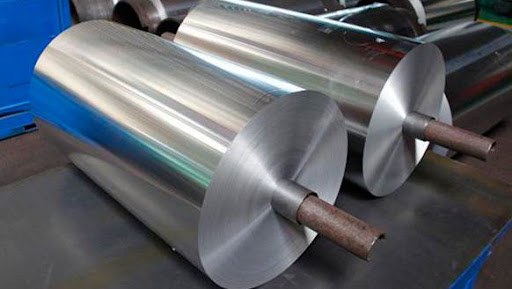
1.noi Alloy Composition
80.sdradna11 aluminum foil belongs to the 8xxx series (aluminum-lithium alloys), though its primary alloying elements are silicon (Si: 0.5–0.9%)and iron (Fe: 0.6–1.0%), with trace amounts of manganese (Mn ≤ 0.2%) and titanium (Ti ≤ 0.08%). This composition provides a balance of strength, ductility, and corrosion resistance, making it ideal for packaging and industrial applications. The alloy’s purity exceeds 99.85%, ensuring food safety and compliance with strict regulatory standards.2. Mechanical Properties
Temper Designations: Common tempers include O (annealed), H18 (fully hard), and H24 (semi-hard):
O-temper: Soft and highly ductile, with tensile strength ranging from 60–120 MPaand elongation ≥4–15% (depending on thickness).
H18: Hardened through cold rolling, offering tensile strength ≥160 MPaand minimal elongation, suitable for rigid structures like bottle caps.
H24: Balances strength (120–170 MPa) and formability, commonly used for container foils and pharmaceutical packaging.
Formability: O-temper foil is flexible for wrapping, while H18/H24 tempers resist tearing and maintain shape under stress.
3. Physical Properties
Thickness Range: 0.006–0.2 mm, with thinner gauges (e.g., 9–25 microns) used for food/pharma packaging and thicker gauges (0.17–0.23 mm) for caps and industrial applications.
Density: 2.71 g/cm³, making it lightweight yet durable.
Thermal Conductivity: 237 W/m·K, suitable for heat-sensitive applications like cable insulation.
Electrical Conductivity: 33% IACS, adequate for EMI shielding in electronics.
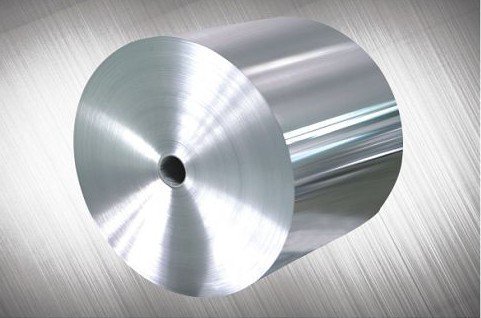
4. Applications
Food Packaging: Used for wrapping, containers, and sealing due to its barrier properties against moisture, light, and oxygen. Examples include milk carton liners, chocolate wrappers, and meal trays.
Pharmaceuticals: PTP (blister) foil, cold-stamped foil, and capsule packaging, where high purity and tamper resistance are critical.
Industrial Uses: Cable shielding, air conditioner heat exchangers (hydrophilic foil), and honeycomb structures for aerospace and construction.
Household: Heavy-duty foil for baking and storage, often in O-temper for flexibility.
5. Advantages
Corrosion Resistance: Silicon and iron enhance resistance to atmospheric exposure, making it suitable for outdoor applications like cable shielding.
Food Safety: Strict purity controls ensure no harmful leaching, meeting FDA and EU standards.
Recyclability: Fully recyclable without loss of 性能,aligning with sustainability goals.
Cost-Effective: Competitive pricing compared to higher-strength alloys like 3003, while offering sufficient performance for most packaging needs.
6. Comparison with Other Alloys
1235 Aluminum Foil: Lower strength (80–120 MPa) and purity (~99.35%), cheaper but less suitable for heavy-duty or high-barrier applications.
3003 Aluminum Foil: Higher manganese content improves corrosion resistance and formability, but 8011 offers better strength-to-weight ratio for packaging.
5052 Aluminum Foil: Stronger and more corrosion-resistant (marine environments), but 8011 is lighter and more cost-effective for general use.
7. Manufacturing and Surface Treatment
Production: Rolled from molten aluminum, annealed to achieve desired temper, and slit to width (100–1600 mm).
Surface Finishes: Single/double-sided glossy, lacquered (for caps), or hydrophilic coatings (for heat exchangers).
Quality Control: In-line skimming and ICP-OES spectroscopy ensure uniform composition and minimal impurities.
8. Environmental Impact
Recycling: 8011 foil can be recycled indefinitely, requiring only 5% of the energy needed for primary production, reducing CO₂ emissions.
Sustainability: Used as a replacement for single-use plastics in packaging, contributing to circular economy initiatives.
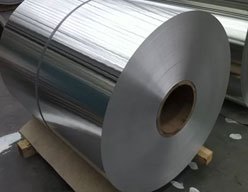
9. Availability and Pricing
Market Price: Approximately USD 1,800–2,800 per ton, depending on thickness, temper, and quantity. O-temper household foil is typically cheaper than industrial grades.
Suppliers: Major producers in China (e.g., Henan Mingtai, Signi Aluminium) offer customized solutions with global distribution.
Conclusion
8011 aluminum foil is a versatile, cost-effective material valued for its strength, corrosion resistance, and food safety. Its adaptability across thicknesses and tempers makes it indispensable in packaging, industrial, and household applications. With a strong focus on sustainability and recyclability, 8011 continues to be a preferred choice in eco-conscious industries.
The Product Specification
| Item | Value |
|---|---|
| Alloy | 8011 Aluminum Foil |
| Temper | O, H14 |
| Thickness | 0.006–0.2 mm |
| Width | 20–1500 mm |
| Application |
Household kitchen foil and packaging
Food and beverage packaging Pharmaceutical and medical packaging Flexible packaging and laminates Candy and chocolate wrappers Industrial insulation Decoration and printing applications Electrical and electronic applications Aerospace applications" |
Why Choose Our 8011 Aluminum Foil?
From aluminum sheets, coils, foils to circles, Xuntai offers a broad product range to meet various industry needs. With flexible customization options, we provide perfect solutions tailored to your exact specifications.
Our cutting-edge production technology ensures precision, uniformity, and high mechanical performance in every product. With Xuntai, you’re guaranteed consistent quality that exceeds industry standards.
With a reputation for fast delivery and reliable service, Xuntai is trusted by clients worldwide. Our commitment to on-time delivery and consistent quality makes us the supplier you can rely on for long-term partnerships.
